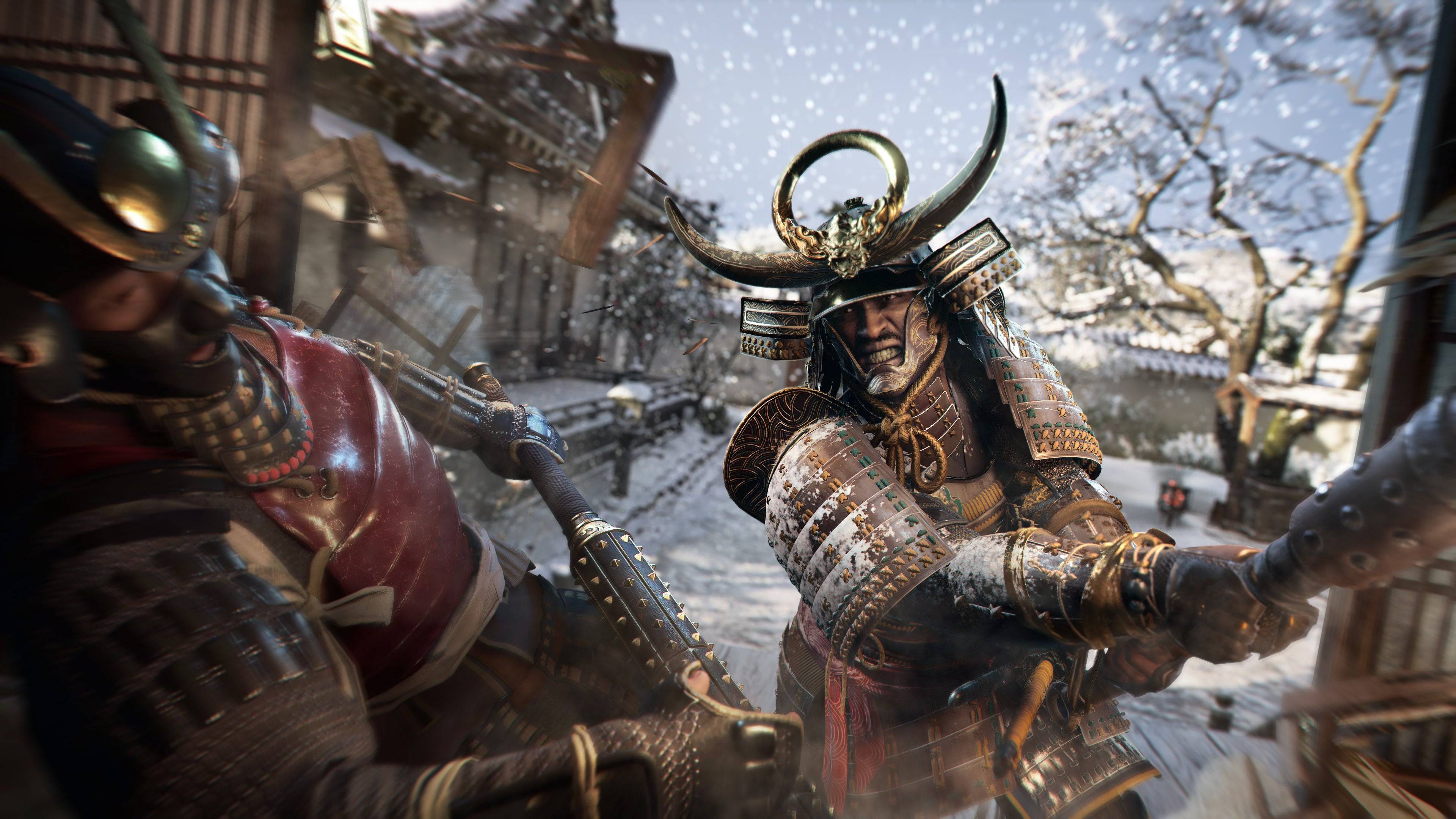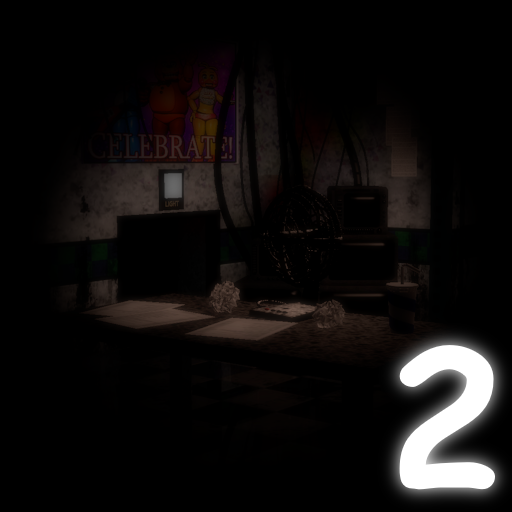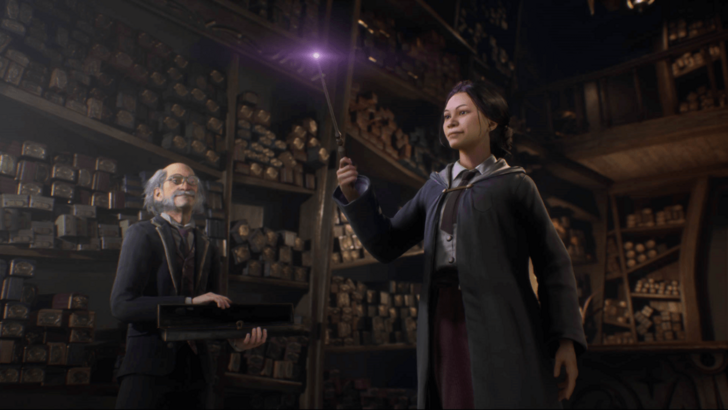Ubisoft has once again activated the Animus, this time transporting us to Japan's Sengoku Period with Assassin's Creed Shadows. The game introduces historical figures from 1579, including Fujibayashi Nagato, Akechi Mitsuhide, and Yasuke, the African samurai who served Oda Nobunaga. As with previous entries in the series, these characters are intricately woven into a narrative that blends fact with fiction, exploring themes of revenge, betrayal, and murder. While the game humorously suggests that Yasuke had to kill everyone to gather enough XP for a gold-tier weapon, it's a playful nod to the series' blend of history and gaming mechanics.
Assassin's Creed is renowned for its historical fiction, crafting stories that fill in historical gaps with a science fiction conspiracy involving a secret society aiming to control the world using the powers of a pre-human civilization. Ubisoft's open-world environments are meticulously researched and rooted in history, yet it's crucial to recognize that these games are not history lessons. The developers often alter historical facts to enhance the storytelling, resulting in numerous "historical inaccuracies." Here are ten notable instances where Assassin's Creed has creatively rewritten history:
The Assassins vs Templars War

The central conflict between the Assassins and Templars is entirely fictional. Historically, there is no evidence that the Order of Assassins, founded in 1090 AD, and the Knights Templar, established in 1118, were ever at war. Both groups were active for about 200 years and disbanded by 1312. Their only shared involvement was in the Crusades, and the idea of a centuries-long ideological battle is purely a creation of the game.
The Borgias and their Superpowered Pope

In Assassin's Creed 2 and Brotherhood, Ezio's conflict with the Borgia family is central. The game portrays Cardinal Rodrigo Borgia as the Grand Master of the Templar Order, who becomes Pope Alexander VI. However, the Templars did not exist in the late 1400s, and the Borgias' plot to control humanity with the Apple of Eden is a fictional twist. The game's depiction of the Borgias as Renaissance-era villains is exaggerated, with Cesare Borgia portrayed as an incestuous psychopath, despite historical evidence suggesting otherwise.
Machiavelli, Enemy of the Borgias

Assassin's Creed 2 and Brotherhood depict Niccolò Machiavelli as Ezio's ally and leader of the Italian Assassin's Bureau. However, Machiavelli's real-life philosophies and actions suggest he would not have aligned with the Assassins. He viewed Rodrigo Borgia as a successful con man and served as a diplomat in Cesare Borgia's court, indicating a more favorable view of the Borgias than the game suggests.
The Incredible Leonardo da Vinci and his Flying Machine

Assassin's Creed 2 showcases a strong friendship between Ezio and Leonardo da Vinci, accurately capturing da Vinci's charisma. However, the game alters da Vinci's timeline, moving him from Florence to Venice in 1481, contrary to his actual move to Milan in 1482. The game also brings to life da Vinci's designs, including a flying machine, which, while based on his sketches, has no historical evidence of being built or flown.
The Bloody Boston Tea Party

The Boston Tea Party, a non-violent protest during the American Revolution, is dramatically altered in Assassin's Creed 3. The game's protagonist, Connor, turns the event into a violent confrontation, killing British guards while others dump tea. This portrayal significantly deviates from the peaceful nature of the actual event. Additionally, the game suggests Samuel Adams orchestrated the protest, despite historians' uncertainty about his involvement.
The Lone Mohawk

Assassin's Creed 3's protagonist, Connor, a Mohawk, fights alongside the Patriots against the British, contrary to historical alliances where the Mohawk supported the British. While there were rare instances of Mohawks fighting against the British, such as Louis Cook, Connor's story represents a "what if" scenario that diverges from historical norms.
The Templar Revolution

Assassin's Creed Unity's portrayal of the French Revolution suggests a Templar conspiracy behind the event, including a manufactured food crisis. In reality, the revolution was the result of multiple factors, including natural disasters and economic issues. The game's focus on the Reign of Terror oversimplifies the complex and multi-year nature of the revolution.
The Controversial Killing of King Louis 16

Assassin's Creed Unity depicts the vote on King Louis 16's execution as a close call, swayed by a Templar's vote. Historically, the vote was a clear majority in favor of execution. The game also downplays the King's attempt to flee France, which contributed to his treason charges and the public's anger against the aristocracy.
Jack the Assassin

Assassin's Creed Syndicate reimagines Jack the Ripper as a rogue Assassin who takes over the London Brotherhood. In reality, Jack the Ripper was a serial killer whose identity remains unknown. The game's narrative, where Jack is trained by Jacob Frye and eventually killed by Evie Frye, is a creative twist on the historical mystery.
The Assassination of the Tyrant Julius Caesar

Assassin's Creed Origins reinterprets Julius Caesar's assassination, portraying him as a proto-Templar. The game's depiction of the Roman Forum and the events leading to Caesar's death deviate from historical records. Additionally, the game suggests Caesar's policies were against the people, contrary to his actual reforms aimed at land redistribution. The assassination in the game is framed as a victory, but historically, it led to the collapse of the Roman Republic and the rise of the Empire.
The Assassin's Creed series meticulously crafts its worlds with historical elements, yet these are often creatively altered for storytelling. This is the essence of historical fiction, and while the games may not serve as accurate history lessons, they offer engaging narratives that blend history with fiction. What are your favorite examples of Assassin's Creed bending the truth? Share your thoughts in the comments.




















